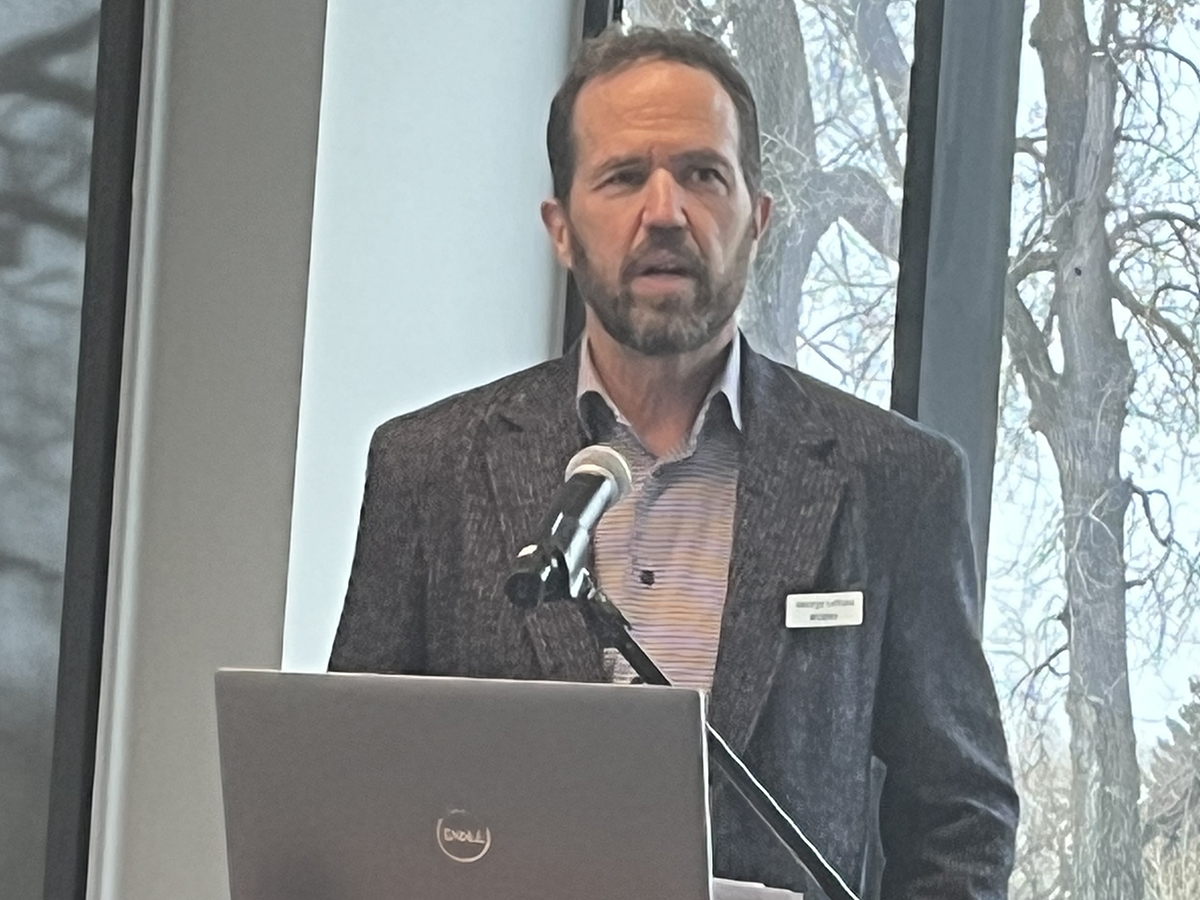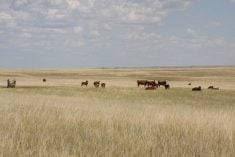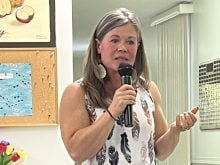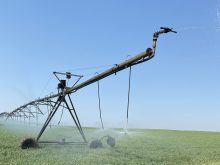The St. Mary River Irrigation District (SMRID) spans more than a half-million acres in southern Alberta between Lethbridge and Medicine Hat. After several years of crippling drought, the farmers in the region got used to ever-shrinking water allocations. Last year, it was set at just eight inches an acre, but rose to nine inches after timely rainfall in May.
At this year’s meeting, growers were told they can expect a full foot of water this season.
“Our reservoirs look much better going into this crop year,” said George Lohues, chairman of the board of directors for SMRID.
Read Also

Canola oil transloading facility opens
DP World just opened its new canola oil transload facility at the Port of Vancouver. It can ship one million tonnes of the commodity per year.
It’s still lower than normal, with past years seeing allocations of 16 inches, but it’s a step forward as the region emerges from drought conditions.
In January 2024, combined storage including the headworks reservoirs was only 33 per cent of the full supply limit (FSL). Snowpack was far below normal, and in some areas, lower than the last significant drought year of 2000-01.
At one point municipalities in the region were concerned they wouldn’t be able to meet the demand for water for human consumption, and the result was the province organizing drought-planning workshops with key water license holders.
“I thought we did a great job last year of being an active participant … as we went into water-sharing talks,” said David Westwood, general manager of SMRID. “Districts basically asked the other organizations ‘tell us what you think you need,’ minding that we should all share in some of the pain and they did. Really, it was the agriculture industry, and irrigated agriculture in particular, who said we will help us get through this water shortage.”
The total water use for 2024 was 411,000 acre feet, with an additional 110,000 acre feet added to SMRID’s internal reservoir storage for the 2025 season, for a total diversion of 521,000 acre feet, part of why the water allocation has risen this season.
”That 110,000 acre feet is looking very, very promising for this year,” Westwood said.
The irrigation district used about 411,000 acre feet for the past season, compared to a long-term average of around 535,000.
“We definitely used a lot less water than we normally would,” Westwood said. “That really helped us replenish our reservoirs and put us into a better situation.”
Winter storage targets are at 84 per cent, according to SMRID operations manager George Bohner, along with snowpack that is slightly better than the previous year. Based on 30 years of records, maps show 60 to 85 per cent of normal precipitation in the southwest corner of Alberta. Similar mappings shows the Cypress Hills area at 150 per cent of normal precipitation.
In 2024, the irrigation season ended on Oct. 4, approximately a week earlier than normal, but longer than in 2023. One farmer was concerned during question period with the earlier shut-off dates in recent seasons, and was hoping it would not become the norm, along with lower allocation benchmarks.
Lohues said it’s not part of the long-term plan, but was instead a response to the need to recharge reservoirs after the drought.
“We were in a situation where we thought we could save some water for this year because of the situation we were in,” Lohues said. The reservoirs were depleted,” said Lohues.
He conceded that it was a hardship for hay and sugar beet growers, and noted the board has discussed the need to return to a more traditional shut-off date and higher allocations as water resources allow it.
“It’s not a policy, it’s being cautious,” he said. “If we get favourable weather, we will see what happens and gauge it as we go.”















